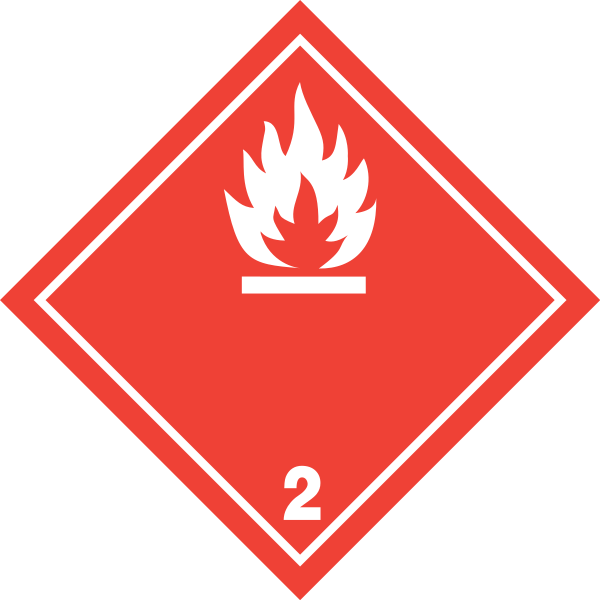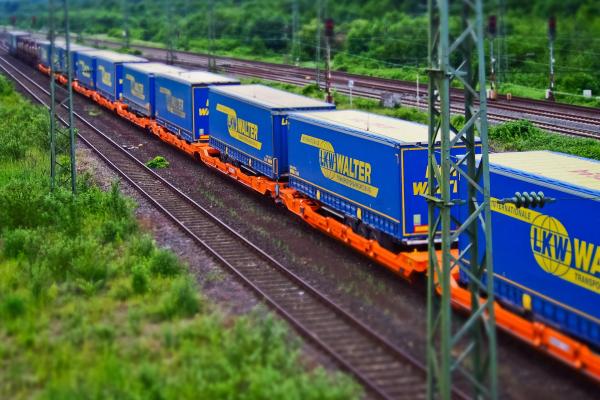Josh Bloom has done an excellent job of explaining the toxicity of vinyl chloride, the main chemical released from the train. With U.S. railroads carrying more than two million carloads of hazardous materials each year, let us consider the effectiveness of regulations governing this transport work and the East Palestine accident.
What Went Wrong?
Train derailment
Approximately 36 out of 151 cars on a Norfolk Southern train derailed on February 3 in East Palestine, Ohio. Most of the train’s 150 cars carried everyday items such as cement, steel, and frozen vegetables, but of the 36 cars derailed, 11 carried hazardous substances. Five derailed cars contained vinyl chloride; authorities carried out a “controlled burn” of these cars, releasing vinyl chloride into the air to prevent an uncontrolled explosion at the site.
The derailment appears to have been caused by the overheating of faulty wheel bearings on one train wheel. Accidents happen. But when carrying hazardous materials, the obvious goal should be to have as few as possible. The current regulations have stricter rules for trains carrying hazardous materials, termed high-hazard flammable trains (HHFTs).
Regulations did not consider the East Palestine train to be an HHFT.
A HHFT is defined as: “A train comprised of 20 or more loaded tank cars of a Class 3 flammable liquid in a continuous block of 35 or more loaded tank cars of a Class 3 flammable liquid across the entire train.”
The East Palestine train had only 11 cars carrying hazardous materials and therefore was not an HHFT.
The rules for HHFTs include:
- Performing a routing analysis that considers, at a minimum, 27 safety and security factors and selecting a route based on its findings.
- Notification to State and local authorities to discuss the train route and provide appropriate contact information for the railroad.
- Restricting speed to 50 mph in all areas.
- Requiring trains to have a two-way end-of-train device or a distributed power system.
The original rule required HHFTs to have electronically controlled pneumatic (ECP) braking systems; however, this requirement was eliminated by the Department of Transportation (DOT) when a report by the National Academy of Sciences concluded that it was unable to make a conclusive statement regarding the emergency performance of ECP brakes relative to other braking systems. In addition, the General Accounting Office concluded that there was a great deal of uncertainty in the DOT’s economic analyses, and additional modeling was needed to be done to justify the mandate of the ECP braking systems.
For trains carrying hazardous materials but not classified as HHFTs, such as the East Palestine train, there are regulations regarding many aspects of the transport, including:
- Definition of hazardous material (includes hazardous substances, hazardous wastes, elevated temperature materials, and marine pollutants)
- Size of freight containers
- Placards on hazardous materials
- Position in train.
However, the requirements outlined above for HHFTs, including a routing analysis and prior notification, do NOT apply. If the East Palestine train had been classified as a HHFT, it is possible the effects would have been minimized.
Electronically Controlled Pneumatic (ECP) Braking Systems
Whether ECP brakes should be required for all HHFTs is currently being debated. Some have asserted that ECP brakes, with their ability to bring trains to a halt in shorter distances, would have prevented the accident, while others cite the 2017 National Academy of Sciences study as proof that they would not have made a difference.
The railroad industry believes that using smart sensors on railroad tracks to flag faulty equipment and catch overheating of wheels before an accident occurs is a more effective solution. Sensors are much less expensive than ECP brakes, costing approximately $400 to $900 per railcar, compared to $3,000 for ECP brakes.
The Regulatory Response
By any standard, Norfolk Southern railroad failed to communicate to the public at the beginning of the emergency and attend the first public hearing, which led to increasing distrust within the community. The response of government officials to the train derailment was scattered and inconsistent, without a comprehensive and coordinated response to the emergency.
The EPA defines a regulated hazardous substance as a chemical released to the environment at a level above its Reportable Quantity (RQ). Vinyl chloride has an RQ of one pound; these regulations clearly covered the East Palestine train. Anyone transporting hazardous materials must report a release of a regulated hazardous substance to the local fire department and Ohio EPA’s Emergency Response Section within 30 minutes of knowledge of the release, and to the National Response Center as soon as possible.
It is unclear whether authorities were immediately notified and called to the scene. It is clear, however, that the response was not coordinated. For example, residents were told that the water was safe to drink, but the next day they were told to only drink bottled water. There were also differing reports on what chemicals the Federal Agencies had tested for, what areas had been tested, and what health screenings were available to residents.
 There was also a disturbing (and somewhat ironic) report that the first responders could not easily identify what chemicals the train was carrying because placards melted in the heat.
There was also a disturbing (and somewhat ironic) report that the first responders could not easily identify what chemicals the train was carrying because placards melted in the heat.
Current regulations require all rail cars carrying hazardous materials to be marked and placarded. Placards indicate hazards by their color, the number on the bottom, the symbol at the top, and a four-digit identification number.
A Change Has Got to Come
Bipartisan legislation proposed in the Senate would require changes to regulations for trains carrying hazardous materials.
- Requiring emergency response plans providing advance notification and information to State emergency response officials on what they are transporting, including a written gas discharge plan for the hazardous materials being transported.
- Requiring safer standards and specifications for any train carrying Class 3 flammable liquids regardless of the composition of the train—not just HHFTs.
- Reducing the risk of wheel bearing failures by requiring to be scanned by hotbox detectors every 10 miles and strengthening inspection requirements.
- Additional rules for train size and weight.
Railroads safely move over two million cars of hazardous substances each year. Rail transportation is the safest-land-based method of moving large quantities of hazardous substances over long distances (much safer than trucks). Hopefully, given the attention paid to this issue, some version of this bill will be passed to further improve rail safety.




